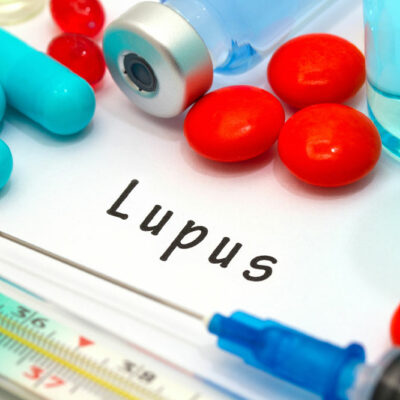
health
7 telltale signs of kidney cancer
Kidney cancer is a formidable adversary that silently affects thousands of people in the country each year. Unlike some more prominent diseases, kidney cancer often hides in plain sight, with its symptoms easily mistaken for other common ailments. Early detection is a potent weapon in the fight against this insidious disease. The signs of kidney cancer may be subtle at first glance, but understanding them can mean the difference between successful treatment and a more challenging battle. 7 signs of kidney cancer Blood in urine One of the most common signs of kidney cancer is hematuria or blood in the urine. This can manifest as pink, red, or brown urine. While hematuria can result from various conditions, it’s crucial not to dismiss it, especially if it’s persistent or accompanied by other concerning symptoms. Lower back pain Kidney tumors can cause dull, aching pain in the lower back or side. This discomfort may be mild initially but can become more severe as the cancer progresses. If one experiences persistent pain in their back or side, they must consult a healthcare professional. Persistent high blood pressure Kidney cancer can occasionally lead to persistent high blood pressure, also known as hypertension. This occurs when the cancer affects the adrenal glands, which are responsible for regulating blood pressure.




















